Landing pages are the cornerstone of digital marketing campaigns, serving as the first touchpoint for potential customers. Yet, creating a landing page that converts effectively is no small feat. This is where Artificial Intelligence (AI) comes into play. By leveraging AI, small business owners can refine their landing pages to deliver personalised user experiences and drive higher conversion rates.
In this post, we’ll explore how AI can revolutionise landing page optimisation, covering dynamic content adaptation, predictive analytics, visual design enhancements, and automated A/B testing. If you’re a small business owner ready to elevate your digital marketing game, read on.
Understanding AI in Landing Page Optimisation
AI is transforming the way businesses approach landing page optimisation. By analysing user behaviour, identifying patterns, and delivering personalised content, AI enables businesses to create landing pages that resonate with their audience.
How AI Analyses User Behaviour
AI tools use advanced algorithms to track user interactions, such as clicks, scrolls, and time spent on a page. This data is then processed to identify trends and preferences, which can inform design and content decisions.
Heat Maps and Predictive Analytics
AI-powered heat maps provide visual representations of user activity, highlighting areas that receive the most attention. Meanwhile, predictive analytics anticipates user actions, enabling businesses to refine their landing pages proactively.
“AI-driven analytics offer unparalleled insights into user behaviour, allowing businesses to make data-backed decisions.” – MarketingProfs
Leveraging AI for Dynamic Content Adaptation
One of AI’s most powerful applications is its ability to dynamically adjust landing page content based on individual user profiles and real-time behaviour. This ensures that each visitor sees content tailored to their needs.
Personalising Headlines, Images, and CTAs
AI tools can modify key landing page elements, such as headlines, images, and calls-to-action (CTAs), to align with user preferences. For example, an e-commerce site could display different product recommendations based on a user’s browsing history.
Audience Segmentation
AI excels at segmenting audiences into specific groups based on demographics, behaviour, and interests. By delivering targeted content to these segments, businesses can significantly enhance engagement and conversion rates.
Utilising Predictive Analytics for Better Conversion Rates
Predictive analytics is another game-changer in landing page optimisation. By analysing historical data, AI can forecast user behaviour and recommend changes that improve conversion rates.
Creating Personalised Experiences
For instance, predictive analytics might suggest offering a discount to users who are likely to abandon their cart, or recommending complementary products based on past purchases.
Data-Driven Decision Making
AI empowers businesses to make informed decisions by providing actionable insights. This reduces guesswork and ensures that every change made to a landing page is backed by data.
The Importance of Visual and Design Optimisation Through AI
Design plays a crucial role in the effectiveness of a landing page. AI tools can analyse user preferences to optimise visual elements and copywriting, ensuring that the page is both attractive and functional.
AI-Driven Heat Maps for Design Changes
Heat maps generated by AI can pinpoint which areas of a page are underperforming. This information can guide design adjustments, such as repositioning CTAs or improving image placement.
Streamlining Copywriting
AI can also assist with copywriting by suggesting phrases and keywords that resonate with the target audience. This ensures that the messaging is clear, concise, and compelling.
Automating A/B Testing with AI
A/B testing is essential for identifying what works and what doesn’t on a landing page. However, traditional A/B testing can be time-consuming. AI simplifies this process by automating the testing and analysis.
Efficient Testing
AI can run multiple tests simultaneously, quickly identifying the most effective variations of a landing page. This allows businesses to implement changes faster and more accurately.
Data-Driven Insights
By analysing test results, AI provides actionable insights that help businesses optimise their landing pages for maximum impact.
Best Practices for AI Landing Page Optimisation
- Keep the design simple: Focus on key elements and avoid clutter.
- Use data analytics: Regularly analyse performance metrics to identify areas for improvement.
- Optimise content: Leverage AI for SEO, create strong CTAs, and personalise text and images.
For more tips on improving your website’s performance, check out our Website Optimisation Tips.
Case Studies and Real-World Examples
Consider the example of an online retailer that used AI to optimise its landing pages. By implementing dynamic content and predictive analytics, the retailer achieved a 30% increase in conversion rates. Similarly, an email subscription service leveraged AI-driven A/B testing to improve its CTA design, resulting in a 20% boost in sign-ups.
These examples highlight the tangible benefits of integrating AI into landing page optimisation strategies.
Conclusion
AI has the potential to revolutionise landing page optimisation, offering tools and insights that were previously unimaginable. From dynamic content adaptation to automated A/B testing, AI empowers businesses to create landing pages that truly convert.
As a small business owner, now is the time to embrace AI and transform your digital marketing efforts. Start by exploring AI tools that suit your needs and gradually integrate them into your workflow. For more insights, explore our AI in Digital Marketing blog post.
Ready to take your landing pages to the next level? Start implementing AI strategies today and watch your conversion rates soar!

